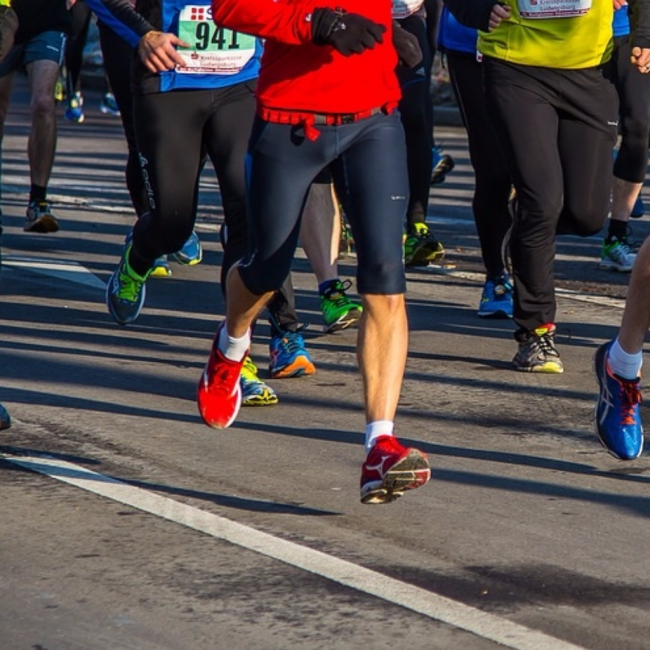Week 7: Great Ocean Road Running Festival 2017
Published on
10 Apr 2017

Call us on: (03) 9975 4133
Shin pain is very common in runners and a reflection of the high impact and repetitive nature of running. The biggest fear for an athlete is for the shin pain to progress into the dreaded stress fracture. Today we will take an over view of how to identify a possible stress fracture or stress reaction and the varied causes of shin pain.
Week 7: My Shins Hurt! Does This Mean I’m Getting A Stress Fracture?
How to Identify
1. Location
The location of pain is the first tip for unravelling a stress reaction or fracture. Stress fractures on the shin bone (tibia) are usually located on the lower 1/3 on the inner aspect of the bone.
2. Touch
Stress reactions/fractures are highly sensitive to touch on the inner aspect of the bone. The pain is usually very localised to a 20cent piece.
3. Hop Test
Pain provocation when completing a high impact activity such as a single leg hop is an early warning sign that you should refer yourself to a physio or sports doctor ASAP. The pain is localised to the common stress reaction area in the lower 1/3 of the shin. Pain generally increases with hops or running instead of easing which is more characteristic of medial tibial stress syndrome.
4. Night pain
Ache at night or after prolonged rest. This is a sign bone remodelling, is taking place – essentially the body is working hard to protect itself from the high impact.
5. Imaging
The key to reducing your time away from running is to identify your symptoms early and catch the bone injury before it progresses to a true stress fracture. Early imaging will often identify bone oedema or inflammation of the periosteum, which are precursors to a stress fracture.
What Else Could it Be?
1. Medial Tibial Stress Syndrome (MTSS)
MTSS presents with a very similar pain location on the inner shin, which is the result of the lower limb muscles pulling on the bony lining of the tibia (shin). The key difference is there tends to a warm up effect and athletes can often continue running. This condition can still be very debilitating for athletes and needs to be addressed early.
2. Compartment syndrome (exertional)
Muscles are bundled together with sheath like material called fascia. Compartment syndrome is when there is an increase in pressure within the fascia resulting in pain, swelling, weakness or loss of sensation. It is usually identified with vascular like symptoms as mentioned above and the resolution of symptoms 15-20mins post exercise.
We’re Here to Help
The key tips for avoiding stress reactions is to build your mileage gradually, good footwear and running biomechanics and if you getting persistent shin pain see your physio before it is too late.
If you are concerned your running technique might be contributing to your latest injury niggle come and visit the Pure Physio Team for a Running Assessment otherwise continue to keep running happy!
Week 7: From the 10th of April
Tuesday – Fartlek/Interval
– Warm up 10mins (2km)
– 6 x 3 mins (60 secs recovery)
– Cool Down (3km)
= 8km
Thursday – Fartlek/Interval
– Easy 8km jog
= 8km
Saturday – Hills/Tempo
– Warm up 15mins (3km)
– 3 x 10 mins tempo (3 mins easy jog)
– 6 x 150m hills
– Cool Down (2km)
= 12km
Sunday Long Run
– 16km
= 16km
Total kms = 44km for week 7!


